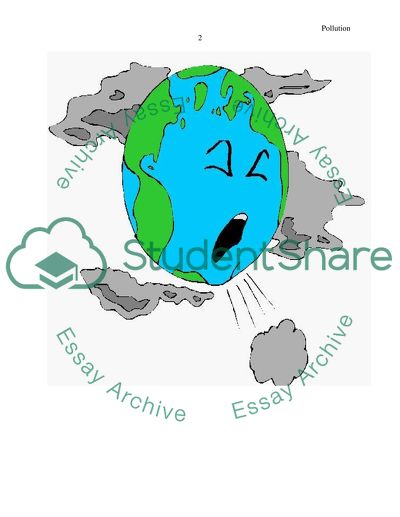Cite this document
(“Pollution: Types, causes, consequences Research Paper”, n.d.)
Retrieved from https://studentshare.org/english/1399114-english-writing-skills
Retrieved from https://studentshare.org/english/1399114-english-writing-skills
(Pollution: Types, Causes, Consequences Research Paper)
https://studentshare.org/english/1399114-english-writing-skills.
https://studentshare.org/english/1399114-english-writing-skills.
“Pollution: Types, Causes, Consequences Research Paper”, n.d. https://studentshare.org/english/1399114-english-writing-skills.


